Instrument Society of America (ISA) defines the sensor or transducer as a device that produces a usable output in response to a specified measurand.
Here, the output is defined as electrical quantity and measured as a physical quantity.
The sensor is defined as an element that senses a variation in input energy to produce a variation in another or same form of energy is called SENSOR. That means every sensor is an energy converter.
The sensor converts any form of energy to an electrical signal, the Transducer converts one form of energy to another.
Sensors and Transducers Classification
Sensors are classified in several ways. Few types are discussed in this article.
Sensor classification based on
- Power requirement.
- Contact-noncontact type.
- The physical parameter to be measured.

Sensors based on the power requirement
- Active Sensors
- Passive Sensors.
Active Sensors
Does not need any external energy source but directly generates an electric signal in response to the external.
Example:
Thermocouple, Photodiode, Piezoelectric sensor.
Passive Sensors
The sensors require external power called excitation signal. Sensors modify the excitation signal to provide output.
Example:
Strain gauge.
Sensors-based on Contact and Non-Contact type
Contact type
A sensor that requires physical contact with the parameter to be measured.
Example:
Strain gauges, temperature sensors.
Non-contact type
It requires no physical contact.
Example:
Optical sensors, Magnetic sensors, Infrared thermometer.
Based on the Physical Parameter being measured
The physical parameters such as Flow, Level, Temperature, Pressure, etc.,
Flow
- Differential pressure,
- positional displacement,
- vortex,
- thermal mass,
- electromagnetic,
- Coriolis,
- ultrasonic,
- anemometer,
- open channel.
Level
- Mechanical,
- magnetic,
- differential pressure,
- thermal,
- displacement,
- vibrating rod,
- magnetostrictive,
- ultrasonic,
- radiofrequency,
- capacitance type,
- microwave/radar.
Temperature
- Filled-in systems,
- RTDs,
- thermistors,
- thermocouples,
- inductively coupled,
- radiation (IR).
Pressure
- Elastic,
- liquid-based manometers,
- inductive/LVDT,
- piezoelectric,
- electronic,
- fiber optic,
- vacuum.
Proximity and displacement
- Potentiometric,
- ultrasonic,
- inductive/LVDT,
- capacitive,
- magnetic,
- photoelectric,
- magnetostrictive.
Gas and chemical
- Electrochemical,
- thermal conductance,
- paramagnetic,
- ionization,
- infrared,
- semiconductor.
Others
- Mass,
- force,
- load,
- humidity,
- moisture,
- viscosity.
Classification of Transducers

Active and Passive Transducers
Active Transducer
These transducers do not need any external source of power for their operation. Therefore they are also called self-generating type transducer.
Examples:
- Piezo-electric,
- Photovoltaic,
- Piezoelectric,
- Electromagnetic.
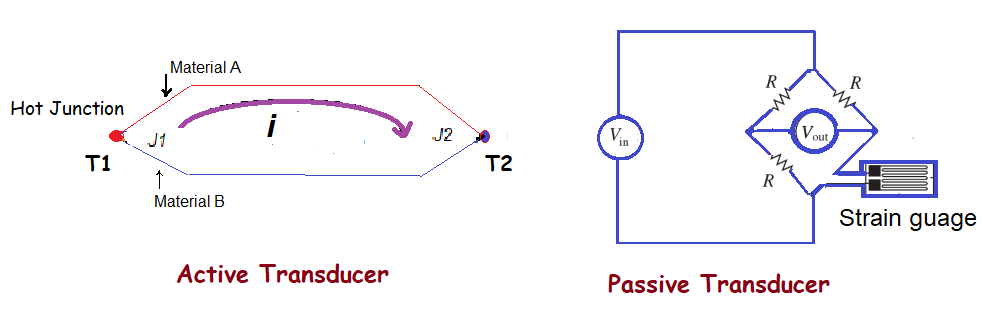
Passive Transducer
The transducers need an external source of power for their operation.
So they are not self-generating type transducers.
Examples:
- Resistive,
- Inductive,
- Capacitive transducers.
Analog and Digital Transducers
The transducers can be categorized on the basis of the output which may be a continuous function of time or the output may be in discrete steps.
Analog Transducers
This type of Transducers converts the input quantity into an analog signal output, which is a continuous function of time.
A strain gauge, LVDT, Thermocouples, or thermistors are called analog transducers as they give an output that is a continuous function of time.
Digital Transducers
Digital transducers generate an electrical output in the form of pulses which form a unique code.
Thereby a unique code is generated for each discrete value sensed.
Primary and Secondary Transducers
Some transducers consist of a mechanical device along with an electrical device.
In such types of transducers, the mechanical device acts as a primary transducer and converts physical quantity into the mechanical signal.
The mechanical signal produced by the primary transducer converts into an electrical signal by the electrical device and it is called a secondary transducer.
Therefore, an electrical device acts as a secondary transducer.

For example, in pressure measurement, as shown in the above figure, Bourdon’s tube acts as a primary transducer which converts pressure into displacement and LVDT acts as a secondary transducer which converts this displacement into an equivalent quantity of electrical signal.

According to Transduction Principle
The transducers can be classified according to the principle used in transduction. Let us see a few of them.
Capacitive Transduction
In capacitive transduction, the quantity to be measured is converted into a change in capacitance. A capacitor basically consists of two conductors (plates) separated by a dielectric insulator.
A change in the capacitor takes place either by changing the distance between two plates or by a change in the dielectric.
Electromagnetic Transduction
In electromagnetic transduction, the quantity to be measured is converted into an electromotive force (voltage) induced in a conductor by a change in the magnetic flux, in the absence of excitation. Thus these types of transducers.
By moving a magnet to alter the magnetic flux through a coil thus generating an electromotive force (EMF) according to Faraday’s law.
Inductive Transduction
In inductive transduction, the quantity to be measured is converted into a change in the self-inductance of a single coil.
This is achieved by displacing the coil’s core, which is linked or attached to a mechanical sensing element.
Piezoelectric Transduction
In piezoelectric transduction, the quantity to be measured is converted into a change in electrostatic charge, q or voltage, V generated by crystals when mechanically get stressed.
Photovoltaic Transduction
In photovoltaic transduction, light energy is the quantity to be measured is converted in the voltage generated when a junction between dissimilar materials is illuminated.
Photoconductive Transduction
In photoconductive transduction, the measurand is converted into a change in resistance (conductance) of semiconductor material by a change in the intensity of illumination incident on the material.
Transducer and Inverse Transducer
Transducers are those that convert-electrical quantity into electrical quantity whereas inverse transducer converts electrical quantity into non-electrical quantity.
Example of Transducer:
A microphone is a transducer that converts the sound signal into an Example of Inverse Transducer: A loudspeaker converts an electrical signal into a sound signal is an inverse transducer.
Read Next:
- Earthing of PLC System
- Interposing Relay in PLC
- Different Parts of DCS
- Instrumentation Design
- PLC Alarm Acknowledge

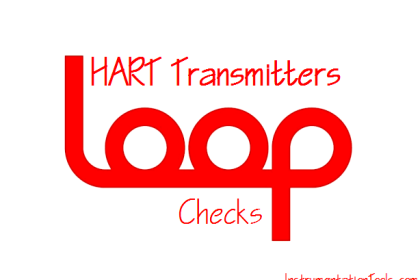

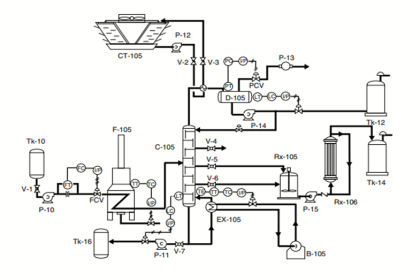
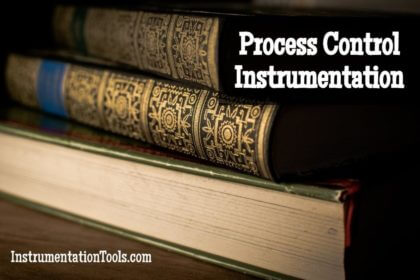
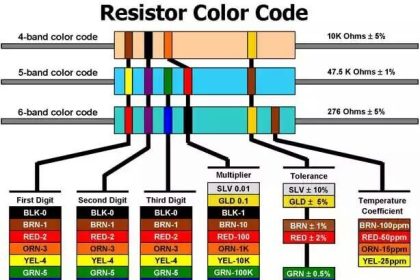

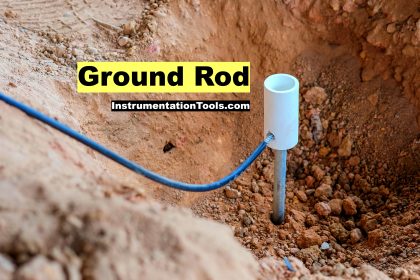
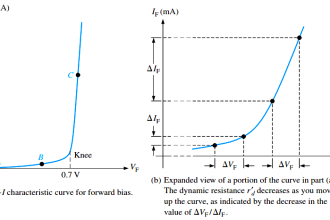
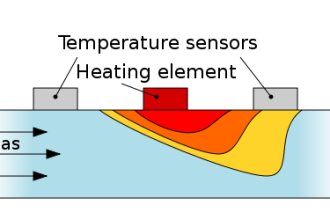
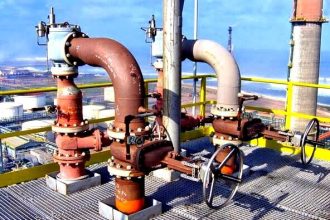
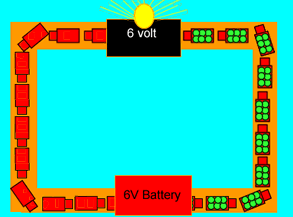
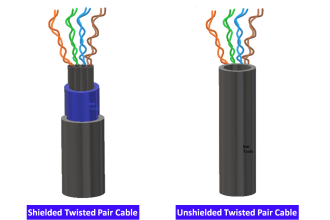
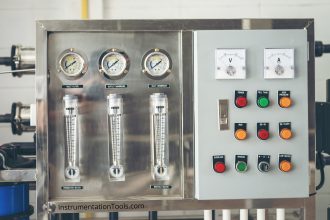
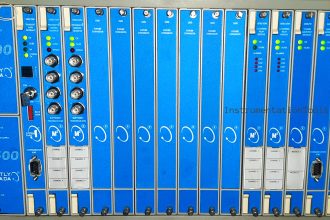
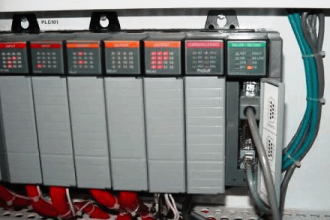

It was really very useful infornation